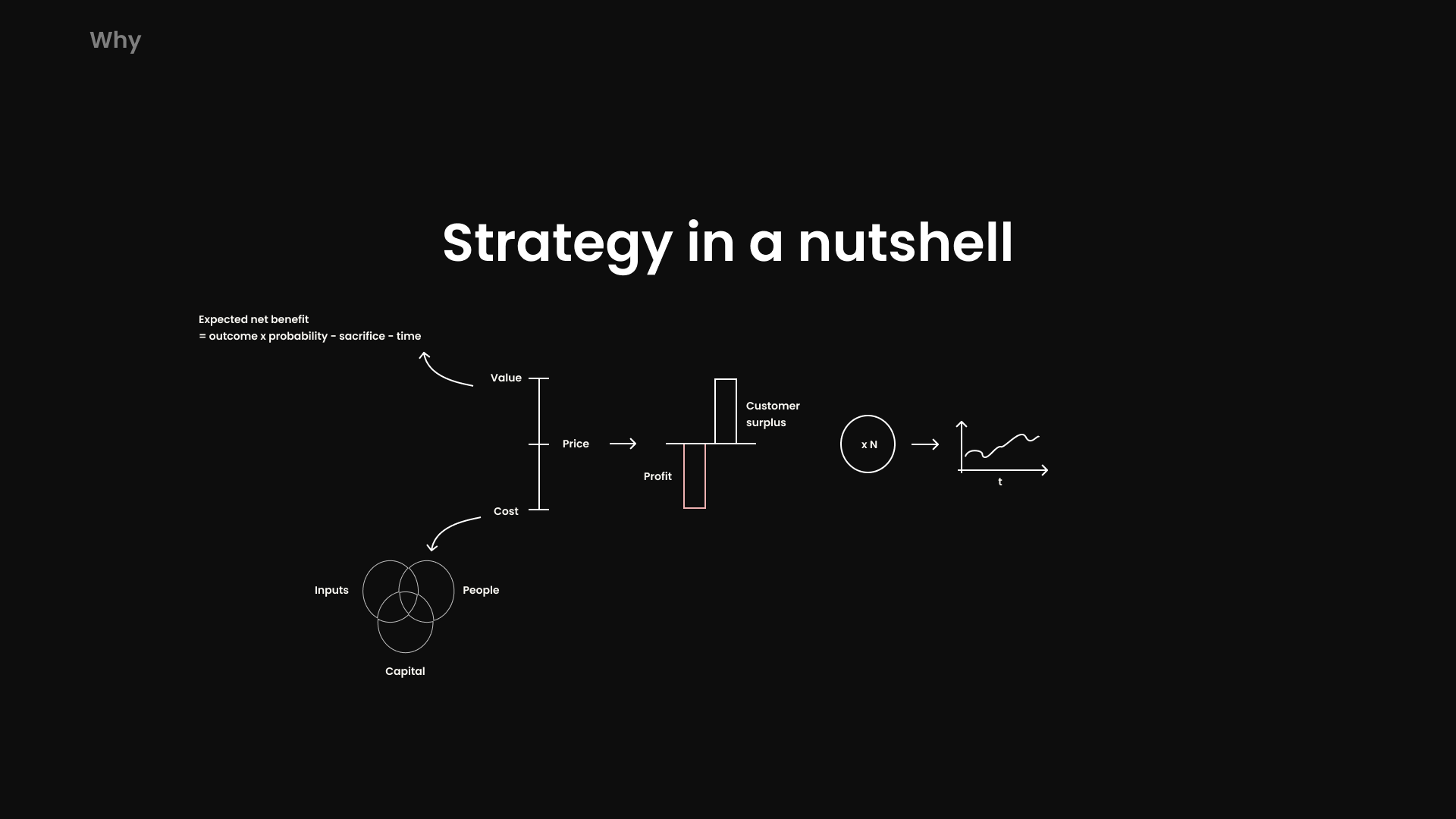
How to understand ARR multiples
ARR multiples are a proxy for value.
Value is driven by cash flows. Yes indeed.
Therefore, ARR multiples are driven by cash flows.
This is basic corporate finance. It applies regardless of stage. And equally to both early stage and mature companies. The only difference between the two is the composition of value (existing assets vs. future assets).
To better understand this, consider that every business has two components of value
(1) The value of the installed base (the net present value of cash flows generated by the assets already invested in the business, including historical customer acquisition)
(2) The value of growth opportunities (the net present value of growth investments, such as customer acquisition or investments in factories)
In venture / early stages, (1) is usually negative and (2) very large (>> 100 % of firm value).
In mature companies, (1) is often large and (2) small.
But both are driven by cash flows (or expectations of future cash flows).
To achieve a high ARR multiple, either/or (1) or (2) needs to be large relative to ARR.
If (1) is negative, the value of growth (2) needs to be large. This means growth investments must be profitable (net present value > 0 and return > cost of capital). If this condition is not satisfied, growth destroys value.
Digging deeper, we can decompose value from growth (2) into:
i) lifetime cash flow per customer (unit economics / annual cash flow per customer x lifetime)
ii) Investments required to get each customer (CAC, onboarding, training ++)
iii) number of customers we can get (market size, addressable segments, competition, distribution reach, available capital)
All of these directly influence the ARR multiple (and each deserve a separate deep dive).
But there is another caveat: if these three drivers are both (a) credible and (b) favorable, you still need a competitive advantage to sustain the superior returns.
Fundamentally, high ARR multiples are the result of creating customer value in excess of the cost to deliver that value, for a large customer segment, at a sustainable CAC, and better than competition.
hashtagventurecapital hashtagentrepreneurship hashtagstrategy